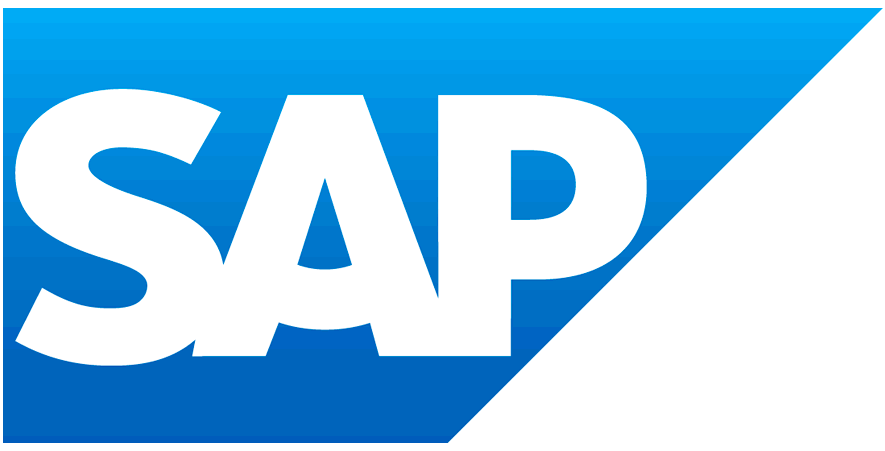Three Steps to Profitable and Sustainable Energy Management

by Susan Galer
Energy-intensive industries are hot on the trail of business resilience in an uncertain world. Caught between skyrocketing and unpredictable fuel costs and increasing greenhouse gas emission regulations, the stakes are especially high in sectors such as transportation, real estate, telecommunications, and manufacturing. As with all aspects of modern business, the journey to sustainable profitability starts with data that leads to intelligent strategies.
“Organizations are struggling to forecast energy costs in a volatile market and understand the impact of new trends such as e-mobility on operations and finance,” said Catherine Garcera, global head of Sustainability, Services Industry at SAP. “They need resilience against the current energy crisis and the ability to grow and generate profits while meeting corporate sustainability goals.”
Step 1: Power Up Energy Savings with Digital Twins
Lowering energy consumption and operating costs begins with a thorough understanding of an organization’s energy data. Leading-edge companies are using digital twins to capture and analyze real-time energy usage data including electricity, natural gas, and renewables. That’s the purpose behind Flexinergy, an energy management software platform developed by Evolution Energie, an SAP partner. The platform creates a digital version of an organization’s energy contracts and usage, allowing the customer to pre-calculate the bill. Information can include distribution costs across subsidiaries, taxes, size and location of facilities, occupancy rates, external temperatures, and more. This helps customers catch invoice mistakes, evaluate energy efficiency, and reduce consumption.
“It’s not unusual to find discrepancies between what the bill should be and the provider’s actual invoice,” said Erwin Guizouarn, CEO and founder of Evolution Energie. “Customers also use our software to better forecast energy costs in case of price fluctuations, new contracts, or supply chain disruptions.”
Guizouarn said that customers can be overcharged up to 5% on an annual basis due to billing errors. As for cost reductions, one large airport saved 17% in energy consumption.
Real-time data became particularly important for organizations during the recent energy crisis. Guizouarn said that customers can explore what-if scenarios, factoring in changeable energy prices and other parameters like lower carbon emission fuels, revised contract terms, or hedging to lower risk in case of energy price fluctuations. Ongoing alerts notify decision-makers of deviations to the plan, say if energy prices climb higher than expected, helping companies adjust strategies as needed.
Evolution Energie first began working with SAP through its participation in the Green Tech and Sustainability cohort of SAP.iO Foundry Paris, the company’s global B2B accelerator. With shared business-to-business target markets, both companies are proving the incredible power of connected data.
“Merging energy-related data with financial information from your SAP enterprise resource planning (ERP) system and environmental, social, and governance (ESG) information from SAP Sustainability Control Tower, you can see the impact on profitability and emissions objectives,” said Garcera. “You can adjust operations by day, week, or even season to gain efficiencies that could increase profits while meeting sustainability commitments.”
Step 2: Transition to Green Energy
Moving to green energy is another step that energy-intensive companies can take to achieve ambitious decarbonization targets. Some customers are increasingly focused on purchasing renewable energy, as well as producing green energy and investing in green assets. Here, too, a digital twin can help companies capture energy usage and resultant costs while tracking CO2 emissions from electricity, biomass, hydrogen, and other renewable sources.
“You can balance your green energy strategies against the cost of new contracts and greenhouse gas emission targets,” said Garcera. “In addition, companies need to ensure the provenance of the green energy they consume for accurate reporting against corporate sustainability objectives, supporting the brand’s image and building trust with customers and investors.”
Step 3: Realistically Explore New Energy Trends
While the vision is to consume as much green energy as possible, organizations are tempering sustainable business plans with reality. Some industries like aviation aren’t ready for full decarbonization; there’s limited availability of sustainable aviation fuel and it will take significant efforts to revamp complex infrastructure. In any case, organizations require energy strategies that combine finance, risk management, and sustainability.
“Fast-moving energy prices on top of changing sustainability regulations mean that companies have to continually monitor costs to find more efficiencies, and prove compliance with corporate commitments and industry regulations,” said Garcera. “The more you can accurately anticipate disruptions, the better you can make decisions to adapt for business resilience.”
Green Market Revolution Fueled by Informed Data
Connected data is foundational to managing energy consumption and costs. IDC analysts predicted that by 2025, 75% of large cities and communities will form industry ecosystems with IT, architectural, engineering, and real estate firms to share data, applications, and expertise to address ESG issues. With zero-emission mandates moving apace, Gartner researchers advised organizations to continuously follow the price and performance and capability improvements in renewable energy systems and also “work with supply chain partners to improve procurement efficiencies.” As unpredictable as the next crisis may be, organizations can stay grounded with accurate data to build a resilient future.
Susan Galer is a communications director at SAP. Follow me @smgaler.

